Latest News
Astute Analytica: Global Football Sponsorship Market to Hit Valuation of US$57.99 Billion by 2032 at 4.4% CAGR
According to Astute Analytica, the global football sponsorship market was valued at US$39.36 billion in 2023 and is projected to attain a market valuation of US$57.99 billion by 2032 at a CAGR of 4.4% during the forecast period 2024 to 2032.
Football enjoys incredible global popularity, making it a massively attractive sponsorship space. Major international brands like Nike, Adidas, Emirates and Coca-Cola are leading this charge, showcasing the universal appeal of football across various industries. Wherein, European football clubs, particularly giants like FC Barcelona, Manchester United and Real Madrid, dominate the football sponsorship market in terms of sponsorship revenue. Manchester United’s kit deal with Chevrolet, worth £64 million annually, and Arsenal’s multi-million-dollar agreement exemplify their commercial strength. Real Madrid’s massive digital footprint, with over 500 million social media followers, further amplifies its attractiveness to sponsors in this evolving digital landscape. The Lionel Messi and Cristiano Ronaldo’s introduction of sleeve sponsorships highlights this evolving market, where clubs are finding new and innovative ways to partner with brands.
Request Free Sample Copy at https :// AstuteAnalytica. com/request-sample/football-sponsorship-market
Broadcast Reach and Growing Opportunities
Football broadcasts command substantial sponsorship revenue in the football sponsorship market. The Premier League’s record-breaking £4 billion domestic broadcast rights deal and the $1.7 billion in sponsorship generated by the 2022 FIFA World Cup underscore the sport’s massive commercial potential on a global stage. Women’s football is also becoming a significant player with the Women’s Super League’s partnership with Barclays signifying a shift towards greater inclusion within the sponsorship landscape.
Individual Stars and Changing Dynamics
Superstars like Lionel Messi and Cristiano Ronaldo wield immense influence with their personal endorsement deals rivalling those of clubs. Meanwhile, tech companies like Rakuten and Tencent are making inroads into the sponsorship scene, signalling changing market dynamics. Even nostalgia has become a marketable asset, seen in Manchester United’s successful retro-themed merchandise collaboration with Adidas.
Key Findings in Football sponsorship Market
| Market Forecast (2032) | US$57.99 billion |
| CAGR | 4.4% |
| Largest Region (2023) | Europe (34.9%) |
| By Type | Team Sponsorship (35.6%) |
| By Origin | Domestic Sponsorships (61.2%) |
| By Sponsorship Provider | Industries/FMCG/Brand (45.5%) |
| Top Trends |
|
| Top Drivers |
|
| Top Challenges |
|
Football Sponsorship Market, Investment Outlook: Gambling Companies are Becoming Leader, Team Sponsorship Contribute over 35% Revenue
The 2023/24 Premier League season showcases a diversity of clothing brands sponsoring its 20 teams. Adidas, Nike and Umbro are among the most prominent suppliers. Notably, Puma continues its sponsorship of defending champions Manchester City, a partnership that began in the 2019/20 season. In fact, Astute Analytica’s study reveals that team sponsorship segment dominated the global football sponsorship market by capturing more than 35.6% revenue share.
Wherein, gambling companies have a significant presence in the Premier League with eight out of the 20 clubs displaying such sponsors on their shirts. However, this trend may see a shift as the Premier League intends to gradually remove gambling sponsorship on matchday shirts by the 2026/27 season. Financial services are also well-represented with five shirt sponsors belonging to this sector. Sleeve sponsorships are a major revenue source for clubs with 19 out of the 20 clubs securing deals for the season. These deals range in value from half a million to ten million pounds. The Premier League boasts ten official partners listed on their website, which includes the official licensee Sorare.
Global Football Investments, FMCG Sectors is Leader with 45.5% Revenue Share
Industries/FMCG/Brand holds the lion’s share at 45.5% of the global football sponsorship market. The synergy between football’s global reach and brand recognition is potent. Global brands such as Coca-Cola and Pepsi have historically spent about 12% of their total advertising budgets on football sponsorships. These brands in the football sponsorship market recognize the power football has in influencing consumer behaviour; stats from 2022 revealed that 15% of surveyed consumers were more likely to purchase a product endorsed by their favourite football team.
Additionally, the trend of emerging industries seeking visibility like tech companies and e-commerce platforms added another 10% to this segment in recent years. The airline industry is an emerging investor in football sponsorships with the total value of these deals surpassing $521 million. Notable examples include Paris Saint-Germain’s $80 million deal with Qatar Airways and Real Madrid’s agreement with Emirates Airlines, worth between $68.1 million and $70 million.
Real Madrid takes the lead in the 2024 sponsorship arena with two major deals: Fly Emirates at €70 million and HP at the same value. Following closely is Paris Saint-Germain’s €65 million sponsorship by Qatar Airways and Barcelona’s €57 million deal with Spotify. Standard Chartered Bank leads as Liverpool FC’s top sponsor with an annual contribution of $59.50 million. Liverpool has partnered with 24 brands in total and its top-five partners generate 80% of the club’s overall sponsorship income.
Sports Sponsorship Trends
The sports sponsorship market is projected to experience a CAGR of 7.4% from 2024 to 2032. The Middle East continues its position as the leading investor in football sponsorship market with its major airlines heavily involved. Global brands like Red Bull and Coca-Cola demonstrate the extensive scale of sports sponsorship investments through their multi-billion-dollar deals. Brands are strategically seeking favourable valuations with a marketing value-to-cost ratio of 1.5 to 2 becoming an increasingly common trend. There’s also a growing focus on niche sports and sponsorships with strong ties to corporate social responsibility (CSR) initiatives.
Explore Research Methodology at https :// AstuteAnalytica. com/request-methodology/football-sponsorship-market
Top Recent Sponsorship Deals
- Emirates and Real Madrid: In 2022, the airline extended its shirt sponsorship with the club through 2026 for €70 million annually.
- Spotify and Barcelona: Audio streaming giant Spotify became Barcelona’s main sponsor in a four-year, €280 million deal starting in 2022, covering stadium naming rights and shirt sponsorship.
- Adidas and Manchester United: In 2023, Adidas renewed its kit supply deal with Manchester United for ten years at £75 million per year.
- Jeep and Juventus: The automaker extended its shirt sponsorship with the Italian club through 2024 at €45 million per season.
- Standard Chartered and Liverpool: The bank has sponsored Liverpool’s shirts since 2010 with the current £40 million annual deal running through 2023.
Europe Dominates Global Football Sponsorship Market With Revenue Share of over 34%
Europe is leading the global football sponsorship landscape, commanding a substantial 34.9% market share. The prestigious Champions League is a major revenue driver, having generated €3.2 billion in broadcast and sponsorship fees in 2023 alone with €2 billion of that going directly to participating clubs. The United Kingdom stands out as Europe’s sponsorship powerhouse with its football clubs boasting an average sponsorship and commercial revenue of €136.8 million in 2023. France’s Ligue 1 has also witnessed impressive growth with sponsorship revenues soaring from €355 million in 2016 and has been growing at a CAGR of 8% ever since. Even smaller clubs aren’t left behind with Nike inking an impressive $5.95 million, five-year kit sponsorship deal with Dutch club AZ Alkmaar.
Global sportswear giants Adidas and Nike, along with Emirates, remain dominant players in European football sponsorship market. The English Premier League has the highest sponsorship valuation, reaching £321 million for its top club in 2021. Interestingly, the gambling industry leads sponsorship activity within the Premier League while La Liga sees a strong presence of financial services companies. Iconic clubs like Real Madrid and Barcelona hold some of the most lucrative sponsorship deals in the game with Fly Emirates and Spotify as their respective partners. Overall, the European football sponsorship market was a behemoth in 2022, hitting a valuation of €29.05 billion.
A notable trend is the domestic focus of sponsorships with 66% of shirt sponsors for top European clubs in 2019/20 hailing from the same country as the club. However, the Middle East is a significant source of funding for leading European clubs, contributing a hefty €250 million in sponsorship deals. Premier League clubs continue to rake in the cash, earning a total of £349.1 million from shirt sponsorships in the 2022/23 season. Individual deals like Manchester United’s £64 million per year agreement with Chevrolet and Arsenal’s £50 million per year Emirates deal (including stadium naming rights until 2028) highlight the magnitude of these partnerships.
The future of European football sponsorship market looks bright. The 2023/24 Premier League season features eight different kit suppliers, a testament to the diversity of brands involved. Notable events like Chelsea starting the season without a primary shirt sponsor and Manchester United’s extended Adidas deal underscore the dynamic nature of this market. Insurance companies are also stepping up their game, investing $583.6 million in sports sponsorships in 2022 with a substantial portion targeting the football world.
Global Football Sponsorship Market Key Players
- Adidas AG
- Barclays
- Betway Group
- Deloitte
- Electronic Arts Inc
- Macron E-Commerce Piva
- Nike Inc
- PepsiCo Inc
- Puma SE
- Red Bull GmbH
- Samsung Electronics Co Ltd
- The Coca-Cola Company
- The Emirates Group
- Under Armour Inc
- Other Prominent Players
Key Segmentation
By Type:
Individual
- Kit Sponsorship
- Match day Sponsorshi
Team Sponsorship
- Kit Sponsorship
- Match day Sponsorship
- Media Sponsorship
- Title Sponsorship
Association Sponsorship
- Kit Sponsorship
- Match day Sponsorship
- Title Sponsorship
- Media Sponsorship
Event Sponsorship
- International Events
- Regional Events
- National Events
- Local Events
- Others
By Sponsorship Provider:
- Industries/FMCG/Brand
- Media Houses
- Sports Agency
- Others
By Origin:
- Domestic
- International
By Region:
Americas
- United States
- Brazil
- Mexico
- Rest of Americas
Europe
- United Kingdom
- Germany
- France
- Italy
- Spain
- Portugal
- Netherlands
- Belgium
- Turkey
- Rest of Europe
Pacific
- Australia
- Rest of Pacific
Africa
- Nigeria
- Ghana
- Rest of Africa
East Asia
- China
- Taiwan
- Macau
- Hong Kong
- South Korea
- Japan
- Rest of East Asia
West Asia/Middle East
- UAE
- Saudi Arabia
- Qatar
- India
- Israel
- Rest of West Asia/Middle East
ASEAN
- Brunei
- Cambodia
- Laos
- Indonesia
- Malaysia
- Myanmar
- Philippines
- Singapore
- Thailand
- Vietnam
Purchase a Full Copy of the Report at https: //www. AstuteAnalytica. com/industry-report/football-sponsorship-market?buy_now=true&license_type=single
The post Astute Analytica: Global Football Sponsorship Market to Hit Valuation of US$57.99 Billion by 2032 at 4.4% CAGR appeared first on European Gaming Industry News.

Latest News
From ‘Mummyverse’ to Crash Games: Belatra Reviews a Landmark 2025
Editor’s Take
Why this matters: Belatra has been a steady hand in the slots world for a long time, but 2025 marked a distinct shift in strategy. By entering the Crash vertical with Goose Boom Bang and winning big at SiGMA Africa, the studio is clearly pivoting to capture the high-growth, high-frequency players in emerging markets. They are no longer just a “classic slots” developer; they are diversifying the portfolio to ensure relevance in regions like LatAm and Africa.
The Full Story
Belatra Games, the specialist online slots developer, has issued a strategic review of its 2025 operations, celebrating a 12-month period defined by entry into new game verticals, significant franchise expansion, and high-profile industry recognition.
The year was characterized by a dual strategy: deepening engagement in established markets while aggressively expanding its content portfolio to suit local preferences in emerging territories.
Portfolio Evolution: Crash and Battles 2025 saw Belatra move beyond its traditional slot roots. The company made its debut in the high-demand Crash game vertical with the launch of Goose Boom Bang, a title designed to tap into the fast-paced gameplay preference of younger demographics.
Additionally, the studio introduced a fresh game concept with the launch of Battles, a new format unveiled for the first time in 2025, with further development planned for 2026.
The ‘Mummyverse’ Expands For fans of classic slots, the highlight of the year was the aggressive expansion of the Mummyverse. Belatra nearly doubled the size of this franchise over the year, making it the most extensive game universe in their entire catalog.
The developer also focused on B2B localization, releasing a number of exclusive bespoke games created specifically for selected operator partners to meet specific local market tastes.
Awards and Recognition The company’s strategic shifts were validated by industry accolades. Belatra secured over 30 nominations throughout the year, with standout wins including:
-
Best Slot Provider (awarded by BitStarz).
-
Most Played Game of 2025 for Make It Gold at the SiGMA Africa Awards.
-
Player’s Pick Award.
Management Commentary Misha Voinich, Head of Business Development at Belatra, commented on the studio’s momentum:
“This year has truly defined who we are as a studio – ambitious, creative and focused on building long-term partnerships. We’ve expanded our universes, launched new ones and entered exciting new markets that will all help us carry this momentum into the New Year.”
The post From ‘Mummyverse’ to Crash Games: Belatra Reviews a Landmark 2025 appeared first on Gaming and Gambling Industry Newsroom.
Latest News
‘Chaos and Soul’: Ebaka Games Plots Global Expansion After Viral Launch
Editor’s Take
Why this matters: The “Instant Game” vertical (Crash, Plinko, Mines) is becoming crowded, but Ebaka Games is cutting through the noise with a distinct brand personality. By securing BMM Testlabs certification so quickly after launch, they are signaling to Tier 1 operators that despite their “chaotic” marketing vibe, the math underneath is solid and compliant. The backing of industry veteran Dmitry Belianin also adds immediate commercial credibility to the startup.
The Full Story
Ebaka Games, the fledgling studio that promises to bring “chaos and soul” to the iGaming sector, has outlined an aggressive growth strategy for 2026 following a landmark launch period in late 2025.
The studio, which officially debuted in November, reports that its initial rollout reached more than five million people worldwide. The launch saw its portfolio go live with the operator Menace, serving as the initial testbed for its mechanics and “Ebaka modes.”
The Product: Instant Games with Personality Ebaka is bypassing traditional slots to focus on the high-growth vertical of fast-paced, instant-win games. Their initial lineup includes:
-
Plinko
-
Mines
-
Tower
-
Limbo
-
Crash
Differentiation is achieved through unique mascots and signature gameplay tweaks designed to offer high win potential and distinct visual identities, moving away from the generic interfaces often found in this genre.
Regulatory Milestone Crucially for its 2026 roadmap, Ebaka Games has confirmed it has secured certification from BMM Testlabs. This accreditation validates the fairness and integrity of its RNG (Random Number Generator) and game engines, removing a major barrier to entry for regulated markets. With this certification in hand, the studio plans to launch with a number of “major brands” in the coming year.
Management Commentary Vitalii Zalievskyi, CEO of Ebaka Games, commented on the studio’s unorthodox approach:
“It’s only been a few weeks since we first introduced Ebaka Games to the world. The feedback has been breathtaking, and it vindicates the decision for us to take a different path to the rest of the industry. You don’t need huge marketing budgets to grab people’s attention if you are building something truly innovative.”
Industry Backing The studio describes itself as being “created by players for players” but boasts significant industry firepower in its corner. The team includes Dmitry Belianin, a well-known figure in the sector who is the co-founder of Blask and Menace, as well as Managing Partner at Already Media.
The post ‘Chaos and Soul’: Ebaka Games Plots Global Expansion After Viral Launch appeared first on Gaming and Gambling Industry Newsroom.
Latest News
Racing Meets Nightlife: SBK Backs ARC’s New ‘Friday Night Live’ Series
Editor’s Take
Why this matters: British racing has a well-documented demographic problem; its core audience is aging. “Friday Night Live” is a direct attempt to fix this by blending high-stakes racing with the “experience economy” (DJs, nightlife vibes) that appeals to Gen Z and Millennials. Bringing SBK on board—a mobile-first, app-only sportsbook—is a perfect demographic fit, while the Racing Post adds the necessary credibility to ensure the actual racing product remains the focus.
The Full Story
Arena Racing Company (ARC) has unveiled the strategic commercial lineup for its upcoming Friday Night Live series, confirming SBK as the Exclusive Betting Partner and The Racing Post as the Official Media Partner.
Set to launch in January 2026, Friday Night Live is a new initiative created in collaboration with youth-focused events company INVADES. The series is designed to overhaul the traditional race day experience, featuring fast-paced fixtures under floodlights, DJ sets, and significant entertainment elements sandwiched between races.
The Commercial Deal
-
SBK: As the exclusive betting partner, the Smarkets-owned sportsbook will take naming rights and on-course branding for all 35 races. Crucially, these races will be broadcast live on mainstream television via ITV Racing as well as Sky Sports Research.
-
The Racing Post: As the Official Media Partner, the publication will provide content, coverage, and promotion across its digital platforms, aiming to bridge the gap between established racing purists and the new audience ARC hopes to attract.
A High-Stakes Experiment The series is not just a marketing exercise; it carries serious sporting weight. Each of the five scheduled nights will feature over £200,000 in prize money. The fixtures will rotate across three of ARC’s all-weather tracks: Wolverhampton, Newcastle, and Southwell.
Management Commentary David Leyden Dunbar, Group Director of Commercial Strategy at ARC, was clear about the target audience:
“We have been very clear that one of the aims of Friday Night Live is to engage the next generation of racing fans… Both [partners] have shown real enthusiasm to work with us… as well as using the platform that these fixtures will offer them to also engage with more established racing and sports fans.”
Adam Baylis, Marketing Director at SBK, added:
“Friday Night Live [is] a fresh and engaging concept that brings a new energy to British racing. SBK has always been built around sport… our focus is on enhancing the live race day experience in a fun, social and responsible way.”
The 2026 Schedule The series kicks off immediately in the new year:
-
9th Jan: Wolverhampton
-
6th Feb: Newcastle
-
20th Feb: Southwell
-
20th March: Wolverhampton
-
27th March: Newcastle
The post Racing Meets Nightlife: SBK Backs ARC’s New ‘Friday Night Live’ Series appeared first on Gaming and Gambling Industry Newsroom.
-

 Latest News2 weeks ago
Latest News2 weeks agoSCCG Announces Strategic Partnership with Yellow Elephant Studios to Expand Multi-Channel Gaming Content Worldwide
-
Latest News3 months ago
Announcement: 25th September 2025
-
Latest News2 months ago
JioBLAST Launches All Stars vs India powered by Campa Energy: A New Era of Creator-Driven Esports Entertainment
-
eSports1 month ago
CS:GO Betting Gains Momentum in the iGaming Sector
-
Latest News3 months ago
The Countdown is On: Less Than 3 Months to Go Until The Games of The Future 2025 Kicks Off in Abu Dhabi
-
Latest News3 months ago
Evolution launches Sneaky Slots — a Bold New Slot Studio
-
Latest News3 weeks ago
THE 2025 PUBG MOBILE GLOBAL CHAMPIONSHIP GROUP STAGE WRAPS UP WITH LAST CHANCE IN SIGHT
-
Latest News3 months ago
Leading The Charge! Euronics Group Joins LEC As Official Electronics Retail Partner
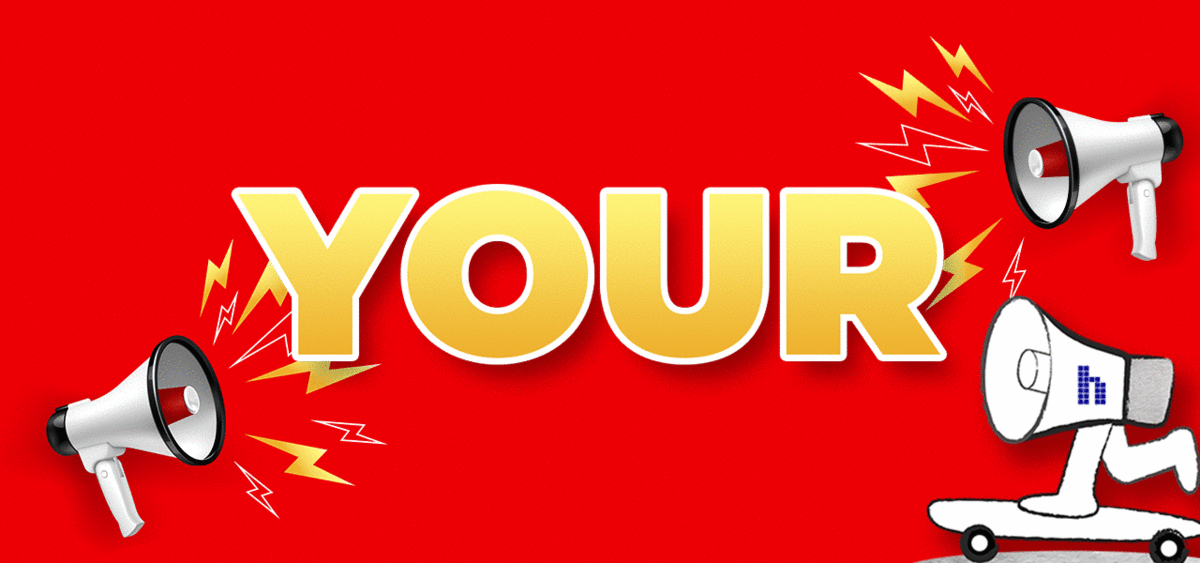


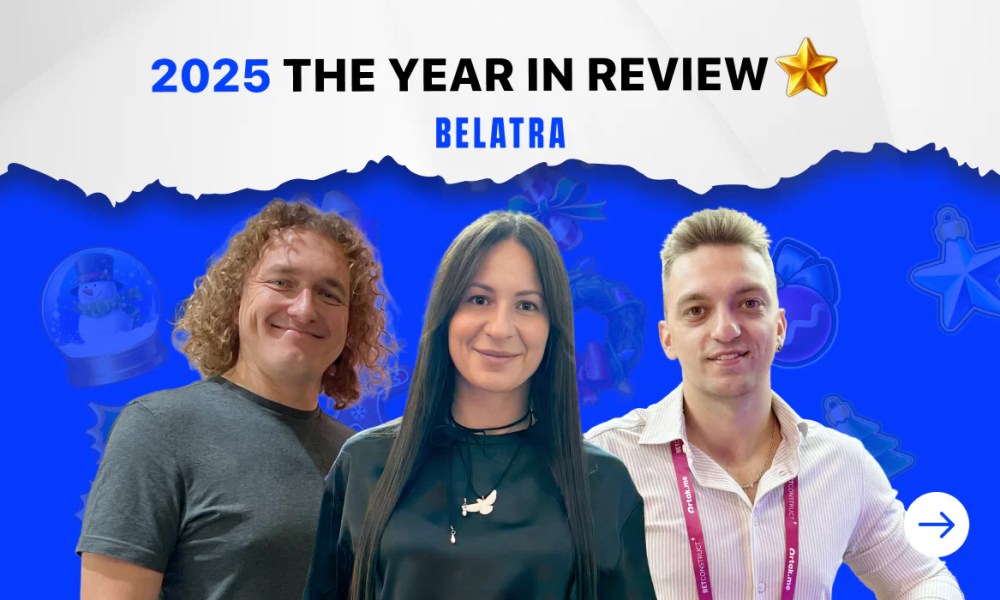
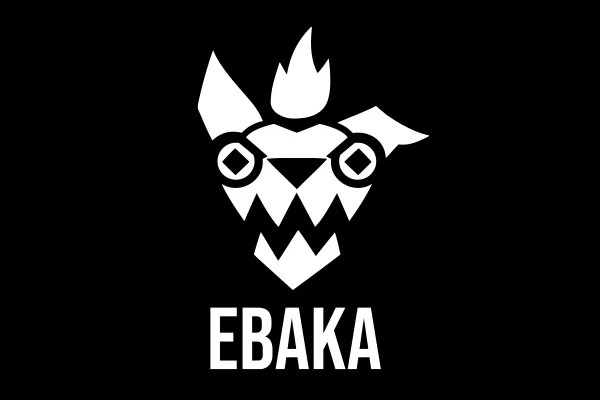
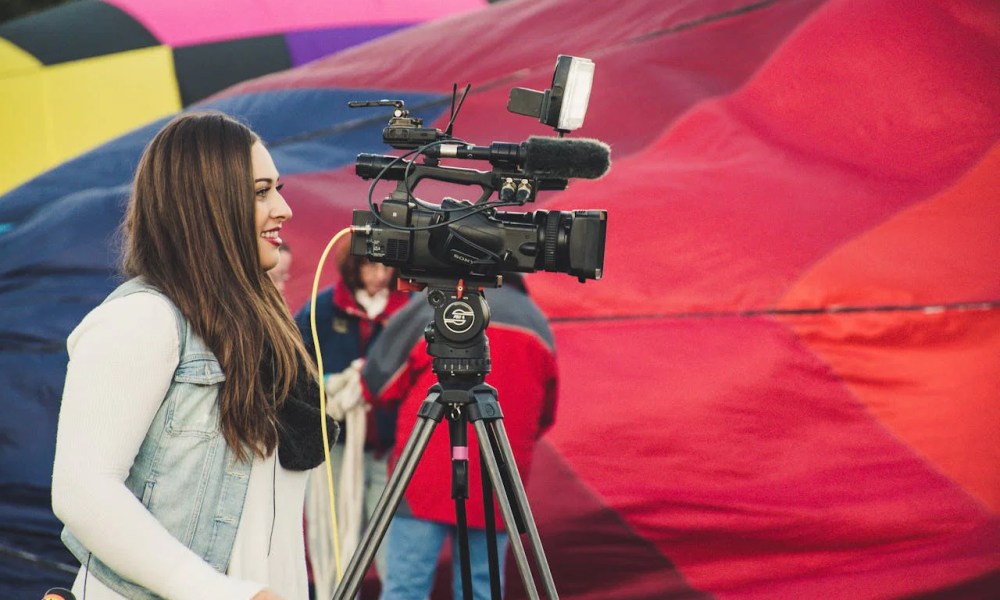

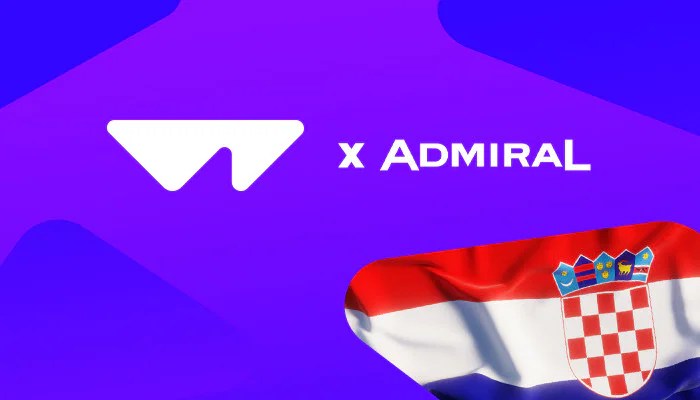


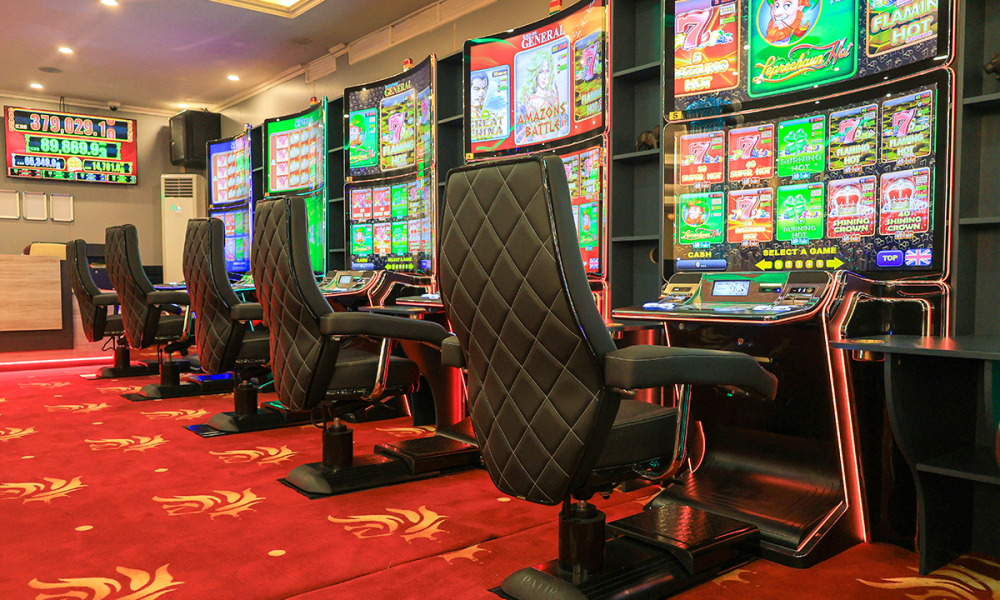

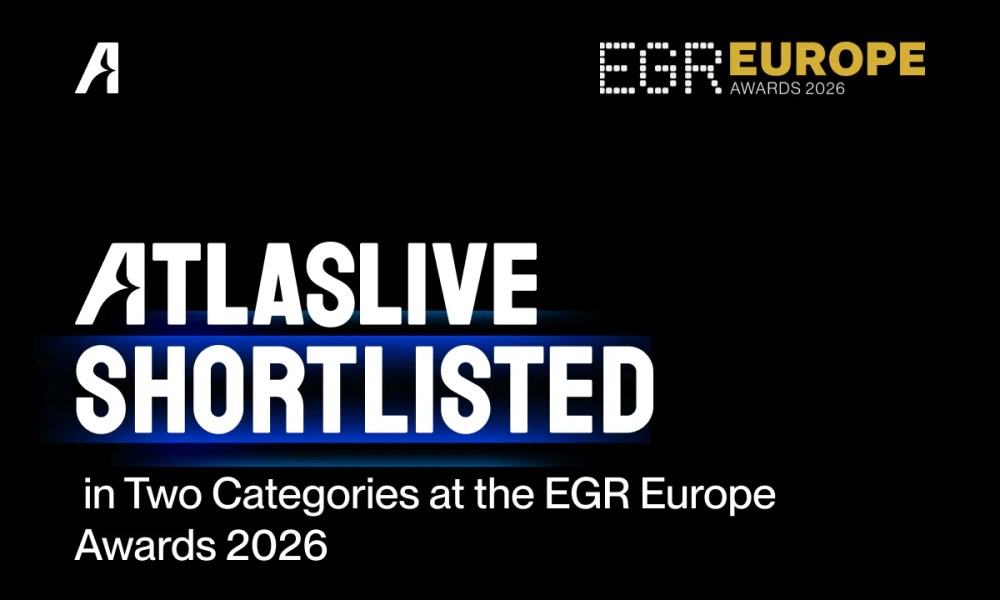
You must be logged in to post a comment Login